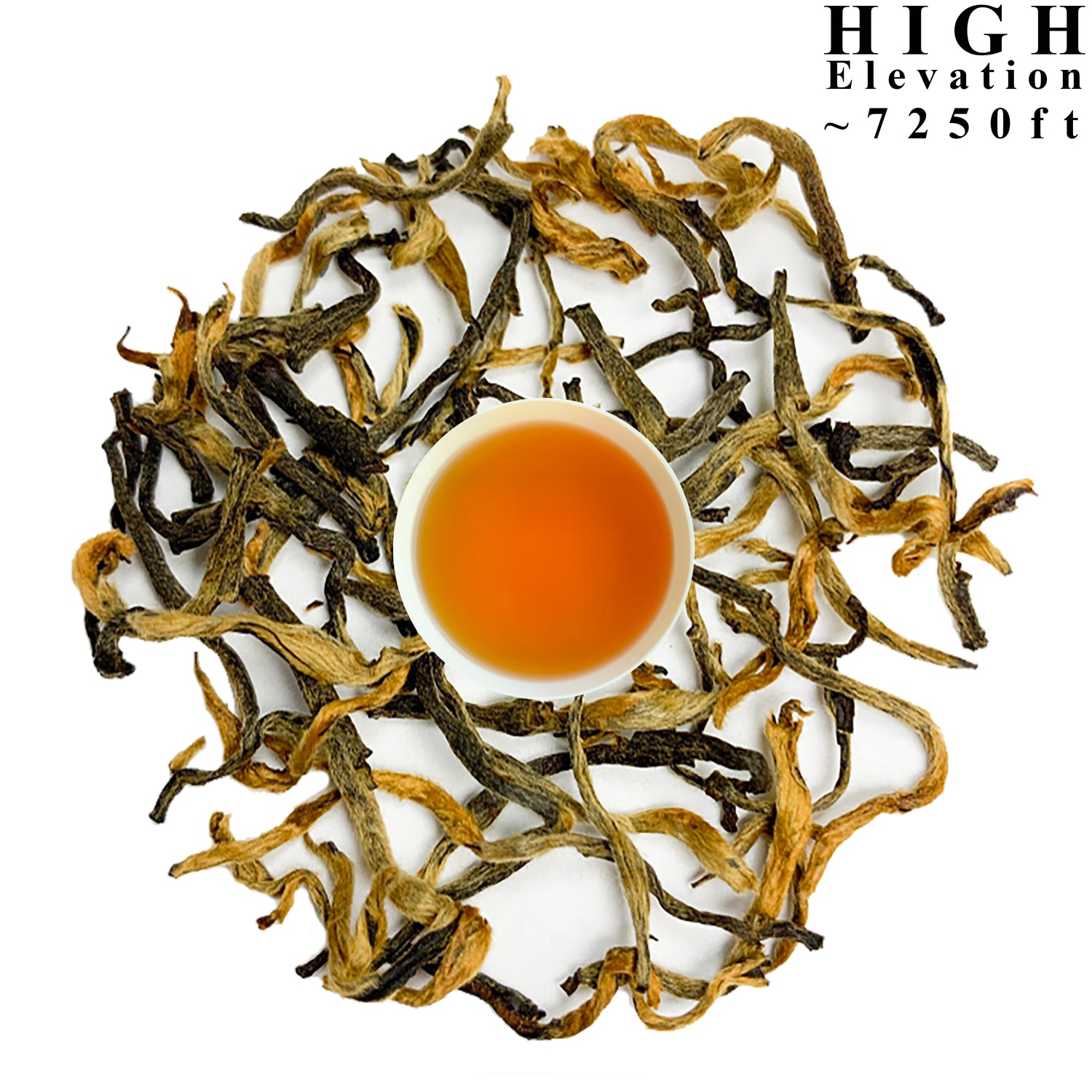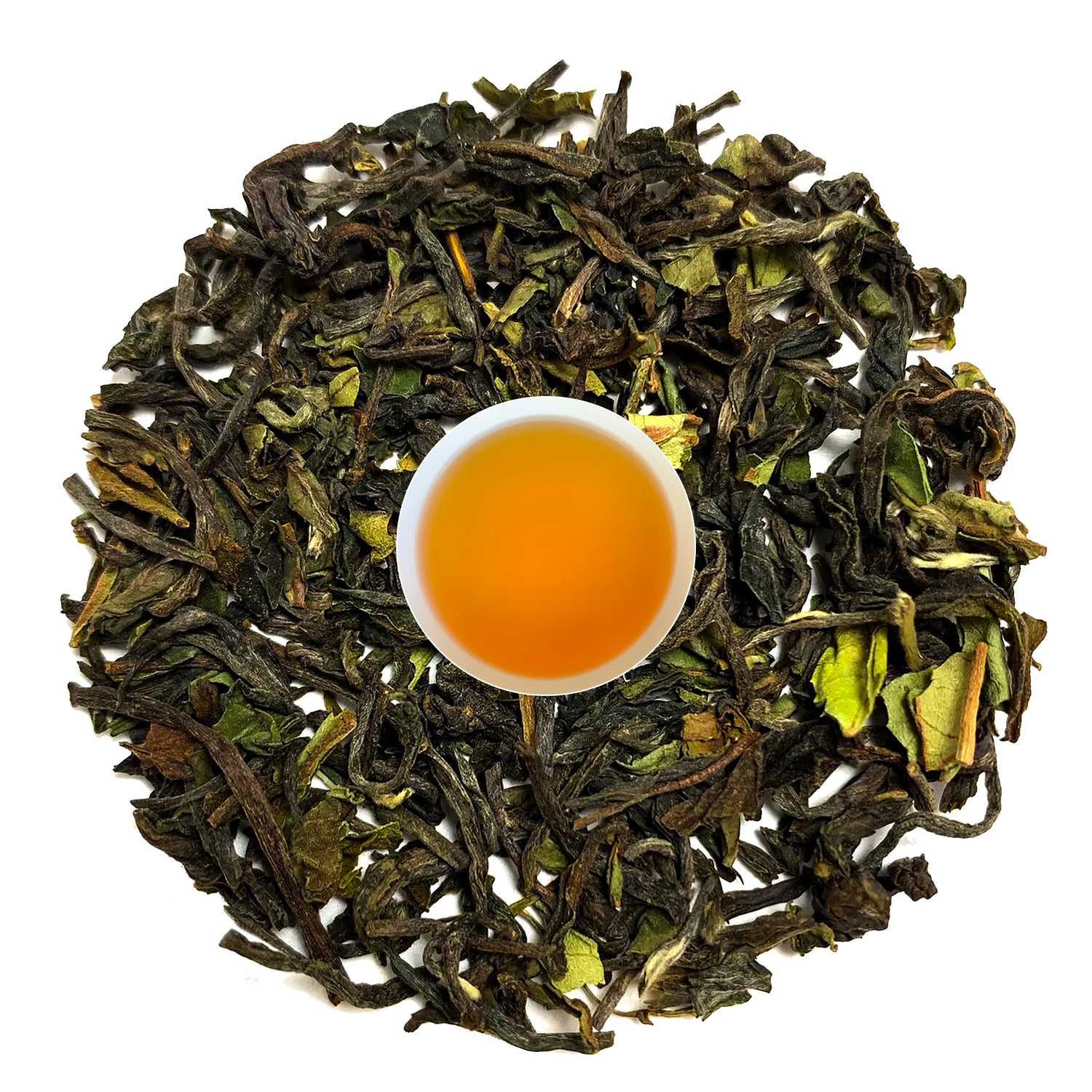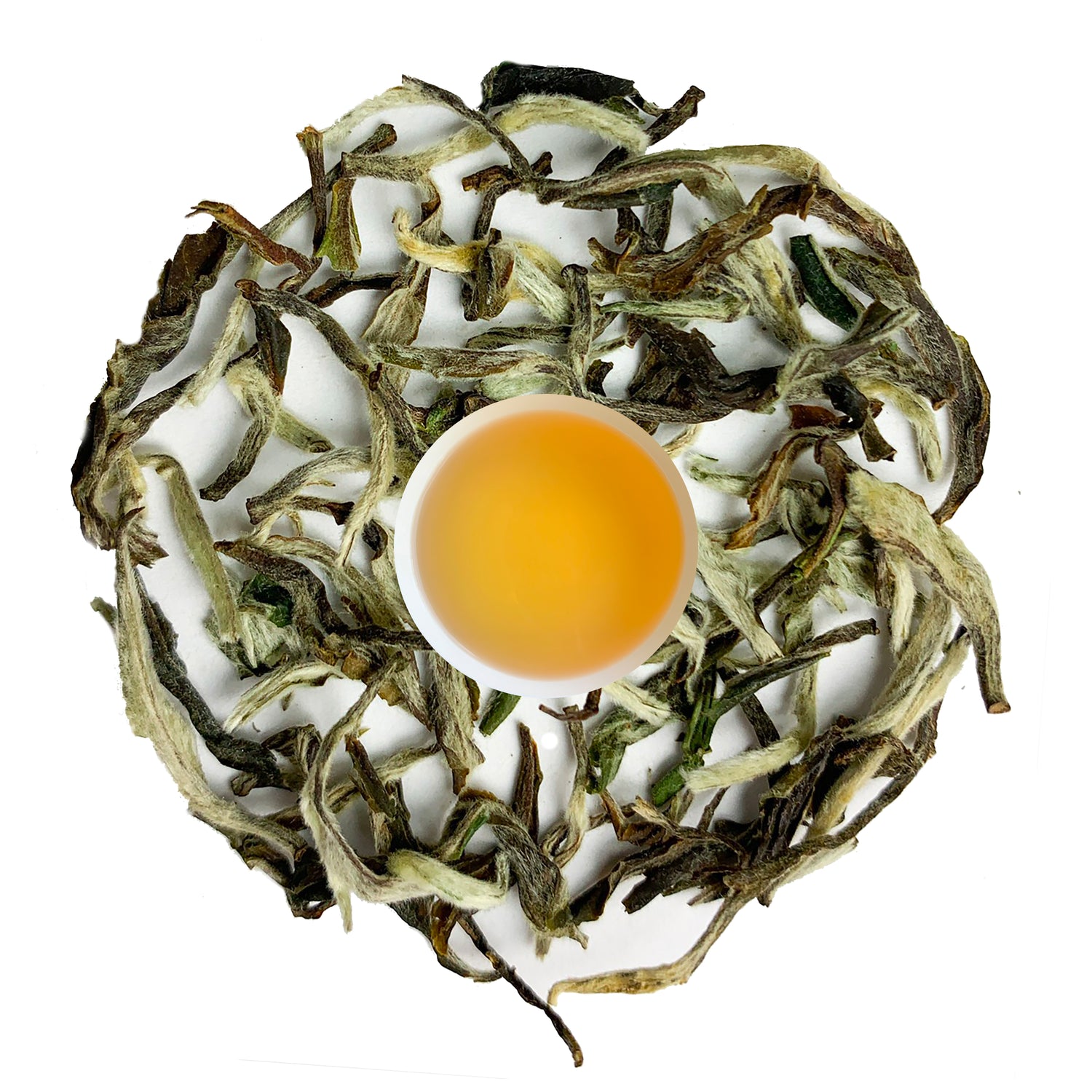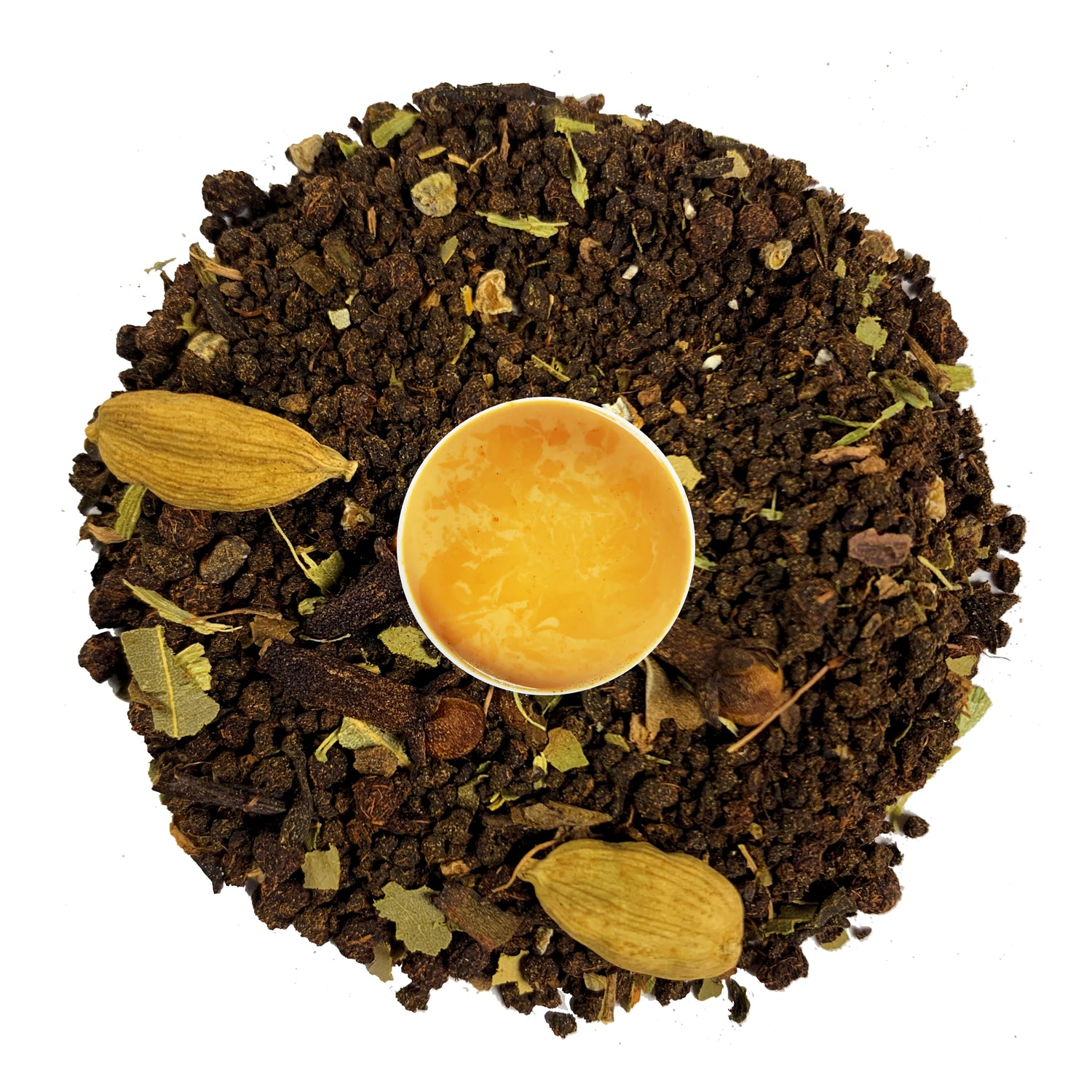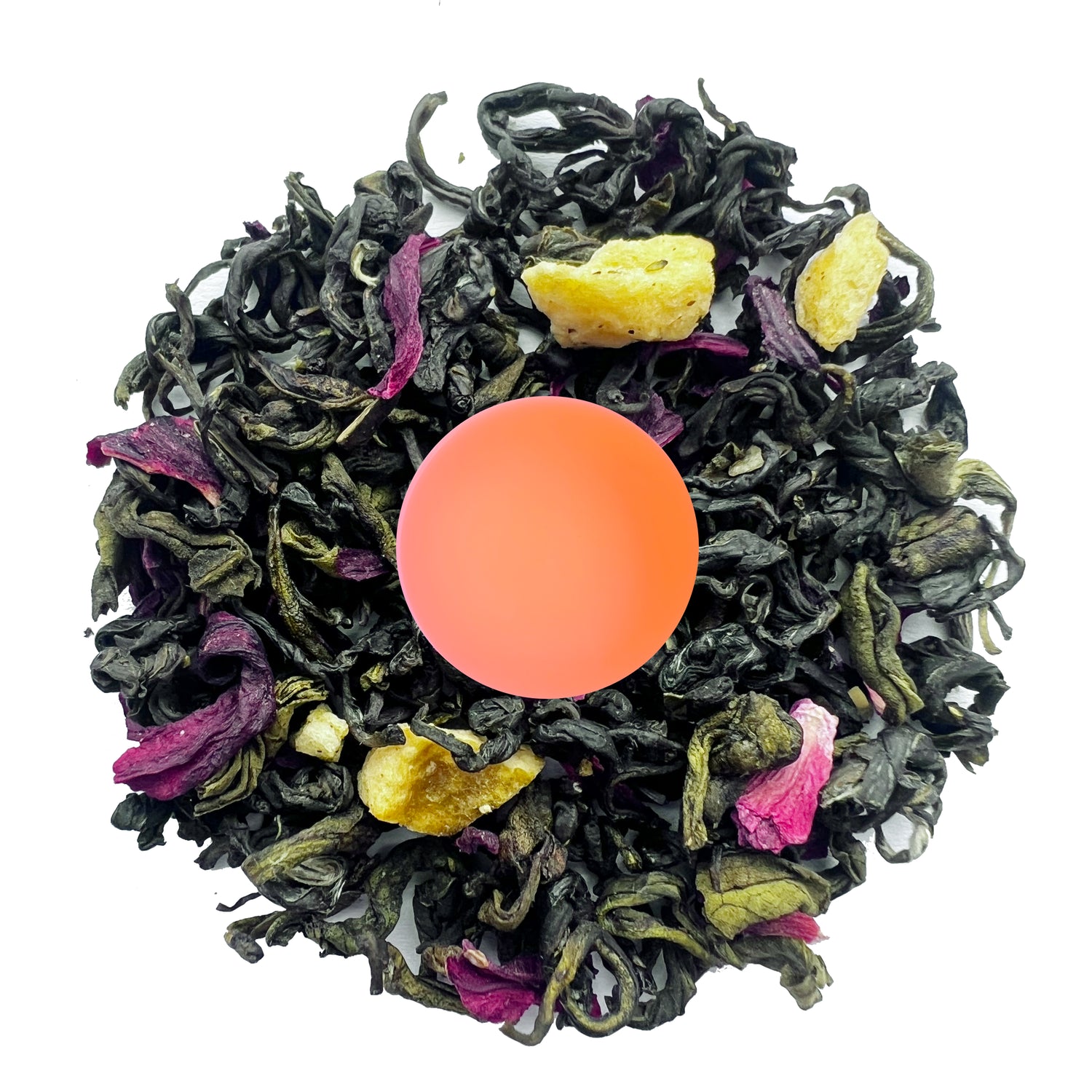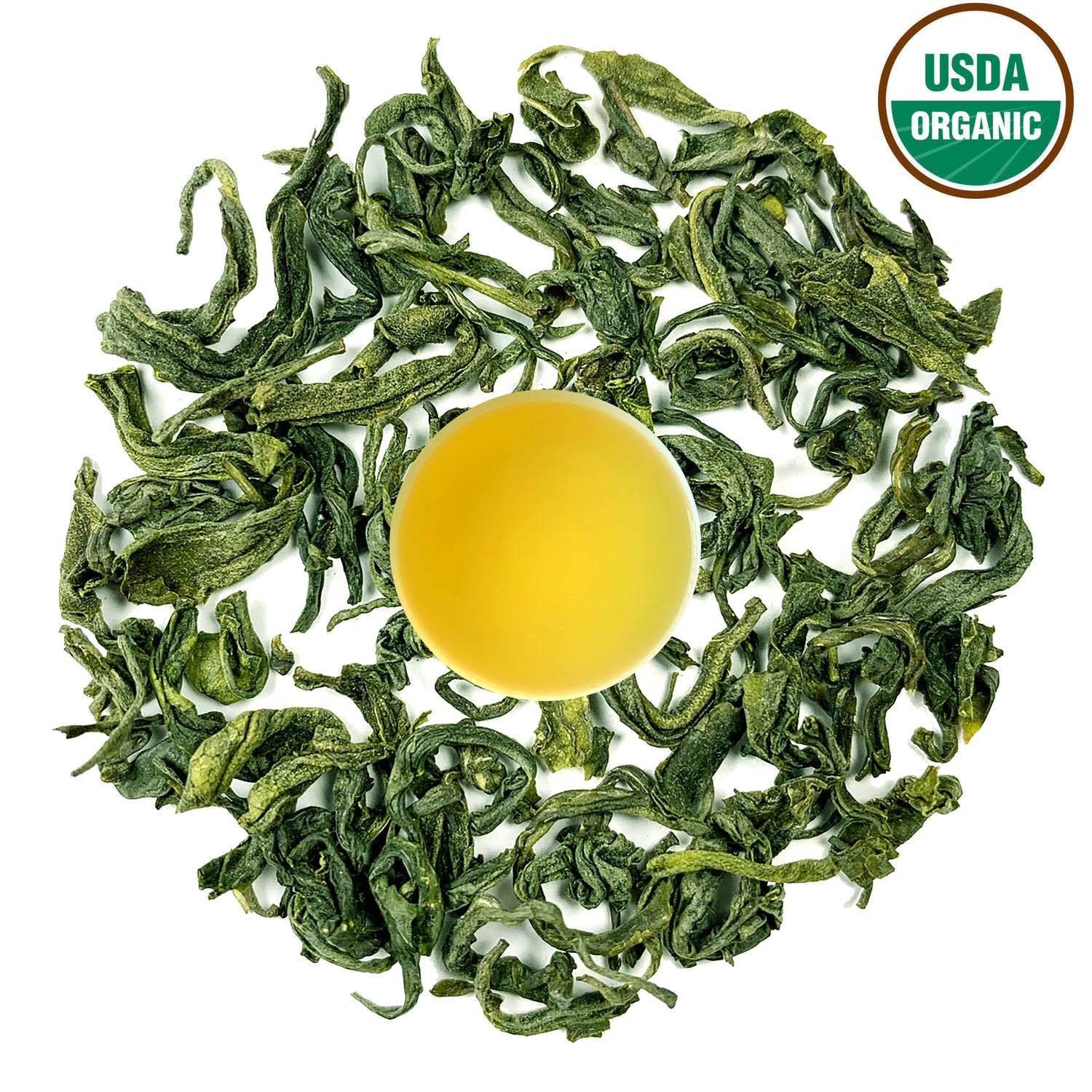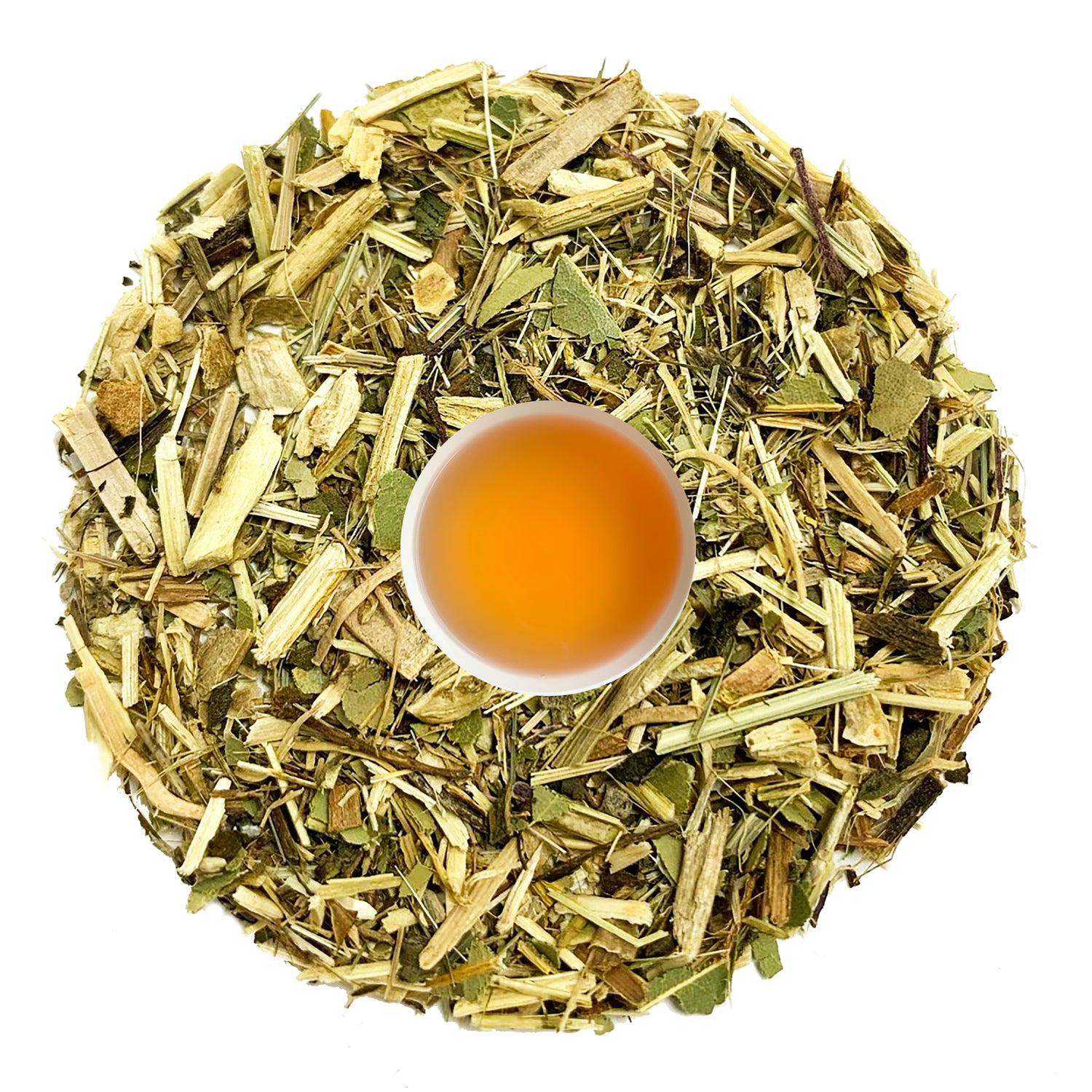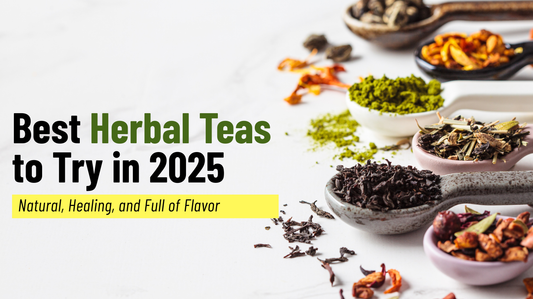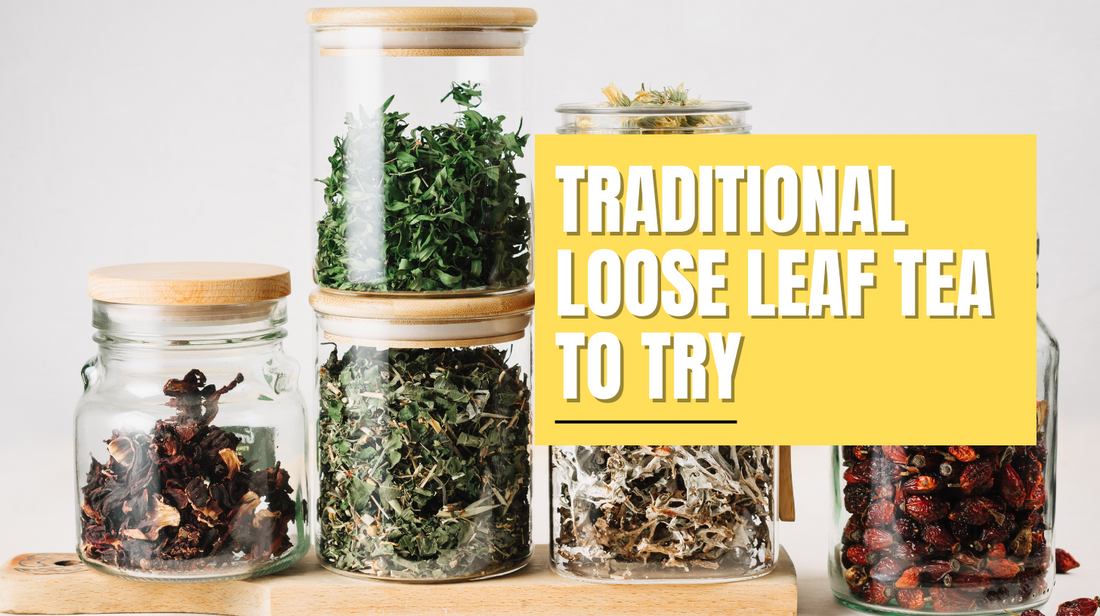
Traditional Loose Leaf Tea Types You Need to Try
Are you unsure about which traditional loose leaftea types to try? With so many options available, it's easy to feel overwhelmed. This blog post will dive into popular types like sencha and peppermint, along with their unique flavor profiles and benefits. Readers will learn how to select quality teas and explore brewing techniques that can transform their tea experience, offering a comforting ritual to enhance relaxation and even herbal tea . By the end, tea enthusiasts will be ready to add to cart with confidence, knowing they're making informed choices.
Understanding Traditional Loose LeafTea Types
Traditional loose leaf tea is defined by its unbroken leaves, which often deliver more flavor and aroma than tea bags. Different types, such as Nepali tea from the camellia sinensis plant, highlight the rich variety within this category. This section will cover various tea types, including white tea -infused options and their unique characteristics, providing insight on flavors and preparation methods.
The Most Popular Traditional Loose LeafTea Types

Black tea stands out with its bold flavors, while exploring green tea varieties, such as gyokuro, reveals vibrant and refreshing profiles. The delicacy of white tea offers subtle sweetness, and oolongtea brings rich, complex notes. Herbal tea showcases traditional uses, and pu-erh tea provides earthy flavors that entice the palate. Each type deserves a spot in any teapot or mug, inviting tea enthusiasts into diverse taste.
Black Tea and Its Unique Characteristics
Black tea is known for its robust flavor and versatility, making it a favorite among tea lovers. When steepingblack tea, the result is a rich brew that pairs wonderfully with additions like ginger for an extra kick or a splash of lemonade for a refreshing twist. Its naturally stimulating properties can help alleviate caffeine , and hot black tea is an excellent remedy for soothing a sore throat, offering both comfort and relief during cold seasons.
Exploring Green Tea Varieties
Green tea is celebrated for its bright flavors and health benefits, distinguishing itself from other varieties through minimal fermentation during processing. From fragrant gyokuro to vibrant sencha, these teas are versatile and can be enjoyed on their own or paired with a lemonscone for a delightful treat. Brewing green tea with a tea infuser ensures optimal flavor extraction, allowing drinkers to savor each sip while exploring recipes that bring out the natural sweetness and health-promoting properties of these delightful brews.
Discovering the Delicacy of White Tea
White tea impresses with its subtlety and elegance, often praised for its delicate flavor profile. When combined with bergamot essential oil, such as in Earl Grey tea, it creates a fragrant and soothing brew that can help reduce inflammation in the body. Enjoying a warm cup of white tea alongside a light dish of rice can elevate the tea experience, highlighting its gentle notes and refreshing qualities.
The Richness of Oolong Tea
Oolong tea combines the best of black and green teas, offering a rich and complex flavor that truly delights the palate. Notably, varieties like Nepal tea can have a unique oolong profile, showcasing light floral notes, which pair beautifully with jasmine for an aromatic experience. When enjoyed during a tea ceremony, its nuanced taste can elevate a simple moment, much like a warm bowl of soup, providing a comforting and satisfying experience.
Herbal Tea and Its Traditional Uses
Herbal tea offers a delightful array of flavors, often crafted from dried leaves, fruits, and spices, making it a popular choice among tea enthusiasts. Varieties like blueberryherbal tea not only tantalize the taste buds but also support metabolism, helping those seeking a natural boost in wellness. For a refreshing experience, consider grabbing herbal blends at a sale price to expand your tea collection while indulging in the rich benefits these unique brews provide.
The Earthy Flavors of Pu-Erh Tea
Pu-Erh tea stands out with its distinct earthy flavors, making it a must-try for tea lovers seeking something unique. Known for its rich profile, this tea is often enjoyed with a drizzle of syrup or paired with snacks like genmaicha for a tasty combination. With a high catechin content, Pu-Erh not only satisfies the palate but also provides health benefits, making it a smart addition to any teacart.

Brewing Techniques for Traditional Loose LeafTea
Choosing the right teapot is essential for brewing traditional loose leaftea, whether it’s a classic kettle or a modern French press. Understanding optimal water temperature and steeping times for each tea type, like green tea’s umami notes or the bud-rich profiles of white tea, is key to extracting maximum flavor. Maintaining tea quality is also vital for a satisfying experience, serving as a guide for every tea enthusiast in the kitchen.
Choosing the Right Teapot
Choosing the right teapot can make a significant difference in the flavor profile of traditional loose leaftea types. For example, those who enjoy herbal tea with hints of raspberry or a rich mate might opt for a ceramic pot that maintains heat well, allowing these flavors to shine. It’s also a good idea to keep a dedicated teapot in the iced tea for cold-infused teas, pairing spices with refreshing options, ensuring a delightful brewing experience whenever the mood strikes.
| Buy Stainless Teapot Now! |
Optimal Water Temperature for Each Tea Type
Getting the water temperature just right can really enhance the flavors of loose leaftea. For instance, black tea typically shines at around 200°F, which helps to release its bold flavors and energizing properties. If someone opts for the earthy goodness of yerba mate, a slightly cooler temperature of about 180°F is ideal to preserve its antioxidants while still delivering that caffeine boost. Meanwhile, masala chai benefits from boiling water to properly meld its spicy notes, creating a warm and comforting experience in every cup.
Steeping Times for Maximum Flavor
Steeping times are crucial for maximizing the taste of traditional loose leaf teas. For instance, black tea typically requires around 3 to 5 minutes at a rolling boil, allowing its rich flavors to develop fully. On the other hand, lighter options like gingertea might only need 5 to 7 minutes to perfectly balance its spiciness without overwhelming the palate. Understanding these nuances can elevate one’s tea culture experience, whether enjoying a cup with a dash of cream or savoring it on its own.
Tips for Maintaining Tea Quality
Maintaining the quality of traditional loose leaftea is essential for an enjoyable brewing experience. First, it's important to store tealeaves properly; keeping them in an airtight container away from light and moisture can prevent them from losing their flavor. Additionally, when brewing, utilizing fresh, filtered water and paying attention to steeping times will ensure that each cup captures the exciting notes of flavors, like a refreshing peach or a hint of spice greens. Finally, a coupon for a local tea shop can be a great way to try new blends, keeping the tea experience fresh and exciting without breaking the bank.
Health Benefits of Traditional Loose Leaf Teas
Traditional loose leaf teas are packed with antioxidants that promote health and wellness. Herbal blends, like hibiscus and orange, not only offer delicious flavors but also contribute to overall well-being, supporting weight management and immune function. Additionally, tea has a rich history in traditional medicine, often used for its healing properties. Each green tea type provides unique benefits worth exploring.
Antioxidants in Loose LeafTea
Loose leaf teas are packed with antioxidants that play a crucial role in promoting overall health. These powerful compounds can help protect the body from free radicals, supporting immune function and contributing to weight management. For tea enthusiasts, brewing a great cup with an infuser, adding a splash of milk for richness, or enjoying it cold over ice can maximize the flavorful benefits while being mindful of unit price when purchasing quality herb selections will make the experience even more rewarding.
Benefits of Herbal Tea for Wellness
Herbal teas offer a range of wellness benefits, making them a delightful addition to any tea collection. For instance, rooibos is naturally caffeine-free, making it a perfect evening drink that contributes to relaxation. Pairing flavors like cinnamon with herbal blends can enhance both taste and well-being, while teas such as tieguanyin provide antioxidants that support a healthy lifestyle. Embracing sustainable sourcing practices in tea production can also elevate one’s experience, ensuring that every cup enjoyed is both flavorful and environmentally friendly, especially if one opts for trying unique masala chai cocktails in social settings.
The Role of Tea in Traditional Medicine
Traditionally, tea has played a significant role in various medicinal practices, where loose leaf varieties like oolong and lapsang souchong have been used for their unique health benefits. For instance, the calming properties of oolong make it a great drink for relaxation, while lapsang souchong, with its smoky flavor, can serve as a soothing remedy. Incorporating flavors like vanilla into herbal blends not only enhances taste but also offers comforting benefits, ensuring each cup is a delightful experience. For those looking to explore these benefits, purchasing a gift card for a specialty tea shop could be the perfect way to discover new brews that align with holistic wellness goals.
Selecting Quality Traditional Loose Leaf Tea
Identifying good quality loose leaftea starts with looking for uniform leaves and vibrant colors, like those found in kukicha. Understanding proper packaging and storage is crucial to maintaining freshness. Tips for finding authentic tea sources will help the tea enthusiast ensure they’re purchasing the best. Each of these points adds to the overall enjoyment and flavor of the tea experience.
Identifying Good Quality Loose Leaf Tea
Identifying good quality loose leaftea is all about recognizing the signs of freshness and integrity. Look for uniform leaves in vibrant colors, as these traits usually indicate proper handling and storage. Checking for a pleasant aroma can also reveal the tea's quality; fresh tea should have a fragrant scent that hints at its unique flavor profile, inviting tea lovers to dive into an enjoyable experience.
Understanding Packaging and Storage
Proper packaging and storage are vital for maintaining the freshness and quality of traditional loose leaftea. Tea lovers should look for loose leaf options that are sealed in airtight containers, protecting them from moisture and light, both of which can compromise flavor. A well-stored tea not only ensures a rich tasting experience but also allows drinkers to fully appreciate the diverse profiles of various traditional loose leaftea types when brewed.
Tips for Finding Authentic Tea Sources
Finding authentic tea sources can truly enhance the experience of exploring traditional loose leaf teas. A good starting point is to look for specialty tea shops that prioritize quality and service, as they often carry selections sourced directly from reputable growers. Checking for certifications, such as organic or fair trade, can further guide tea lovers toward trustworthy vendors that value quality and ethical practices, ensuring a rewarding journey through the world of loose leaf teas.
Conclusion
Exploring traditional loose leaftea types opens the door to a world of diverse flavors and health benefits. Each variety, from robust black tea to delicate white tea, offers unique characteristics that enhance tea-drinking experiences. Understanding how to brew these teas properly maximizes their potential, allowing drinkers to fully appreciate the enjoyment they bring. By selecting high-quality loose leaf options, consumers not only indulge in exquisite tastes but also connect with rich cultural traditions surrounding tea.

